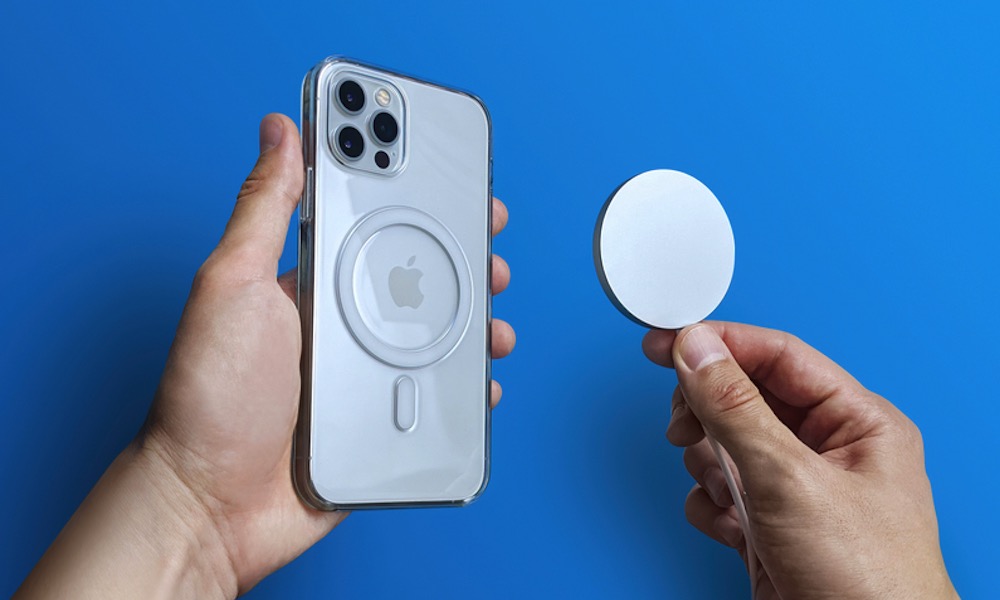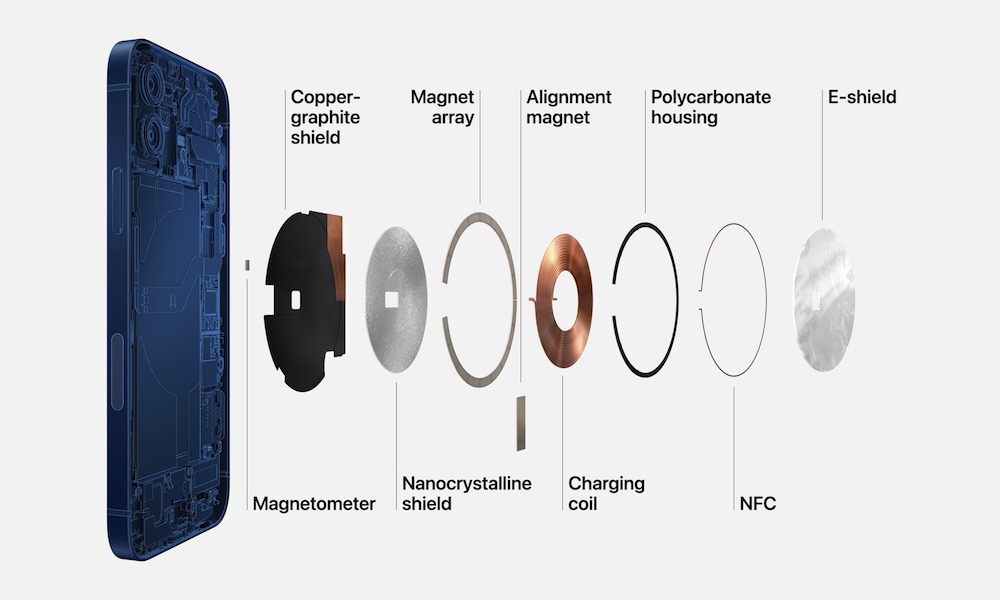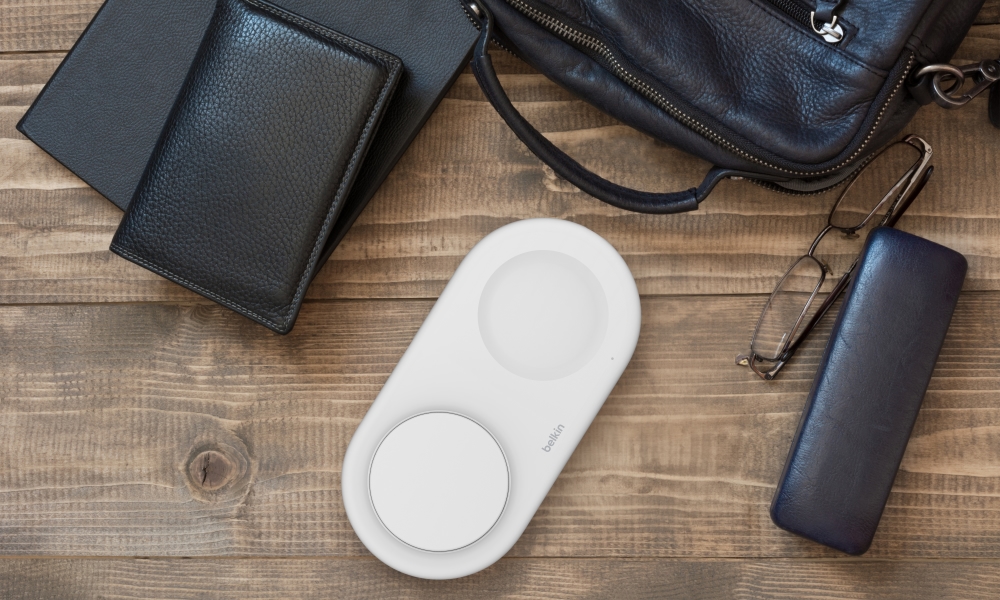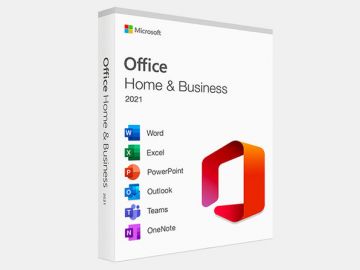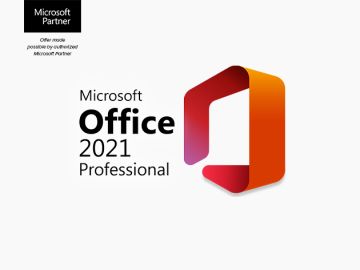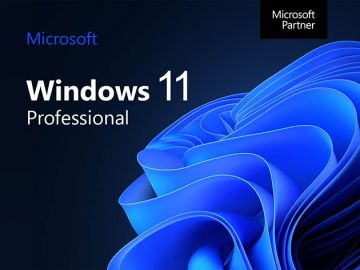The iPhone 17 Could Get Even Faster Wireless Charging
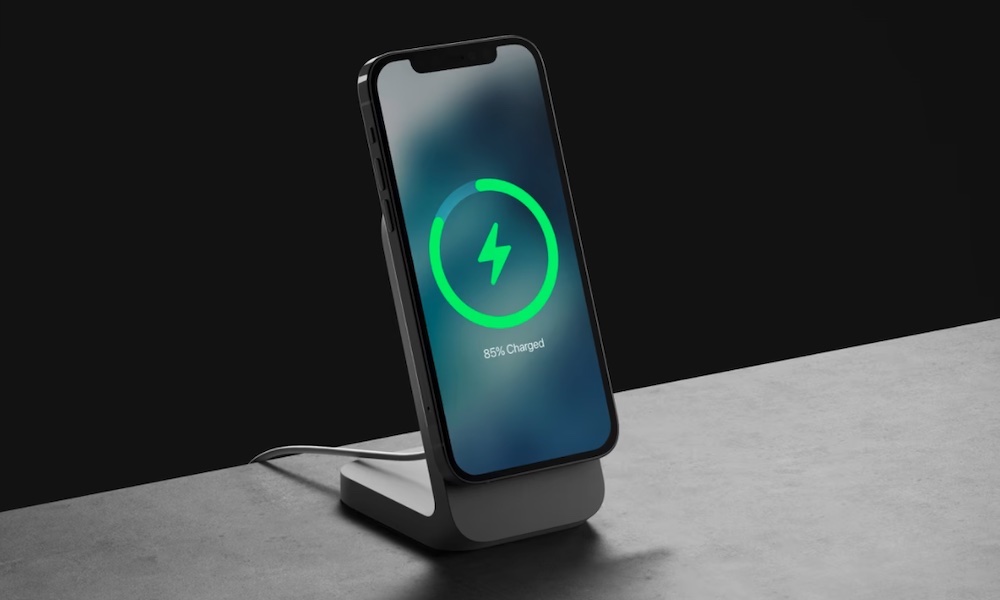
Toggle Dark Mode
A new report hints that Apple could be about to up its wireless charging game, potentially supporting wireless charging speeds of up to 50 watts on this year’s iPhone 17 models, thanks to what appears to be support for the latest Qi 2.2 standard.
While we won’t know for sure what Apple is up to until it announces the iPhone 17, the folks at 91mobiles have spotted two new MagSafe chargers in a Taiwanese regulatory database with Qi 2.2 support. That standard allows for up to 50W charging, but it doesn’t guarantee that Apple will support that top speed, and history gives us reason to be a bit skeptical.
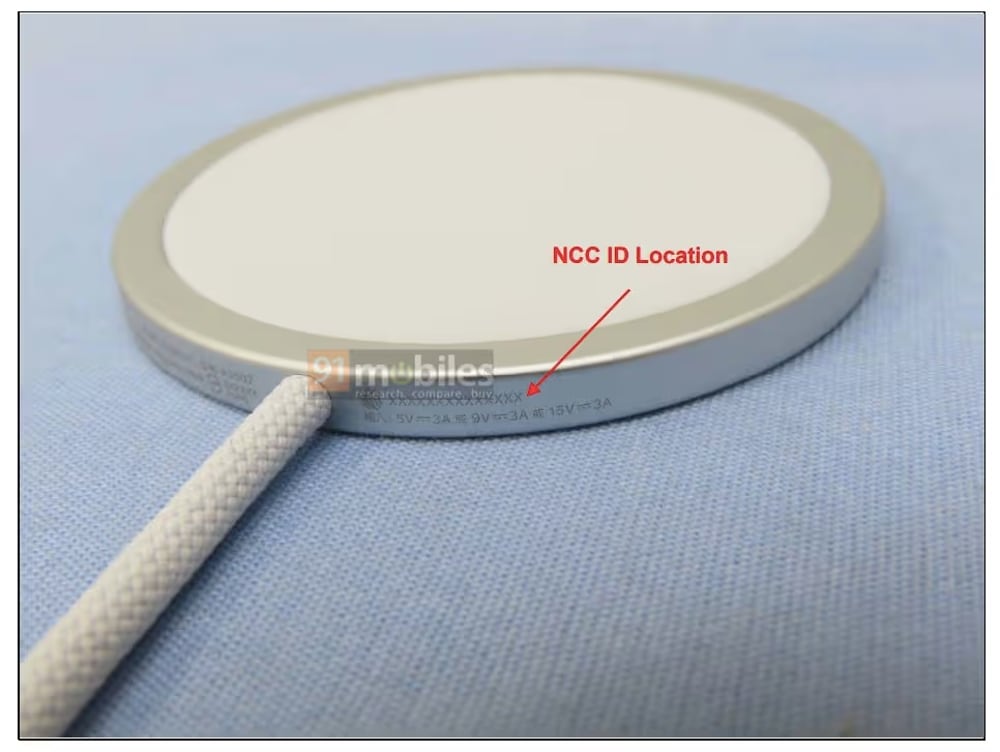
While the iPhone has rarely offered the fastest wireless charging speeds on the market, the company’s decision to embrace the Qi2 standard in 2023 at least put it on par with most Android flagships — provided you had the right charger.
Apple first brought wireless charging to the iPhone in 2018, with the iPhone 8, iPhone 8 Plus, and iPhone X all supporting the Qi wireless charging standard. Considering that Samsung had been offering proprietary wireless charging for at least some of its phones since 2011 and adopted the Qi standard across its flagship lineup in 2015, Apple was relatively late to the game, and many were disappointed by its relatively paltry 5-watt charging speeds at a time when many others supported the 15W Qi standard.
The Wireless Power Consortium’s Baseline Power Profile (BPP) for the Qi standard allowed a maximum of five watts, but Apple soon unlocked 7.5-watt charging under the Wireless Power Consortium’s Extended Power Profile (EPP) spec in iOS 11.2. However, that remained the maximum charging speed until 2020, when MagSafe technology opened the door to 15-watt speeds in the iPhone 12.
However, those faster speeds came with an important caveat. MagSafe was a proprietary technology, which meant you needed a MagSafe charger — one made by or certified by Apple — to get 15W speeds. It wasn’t enough for a charger to magnetically attach to the iPhone; if it didn’t include a chip supplied by Apple to signal that it supported MagSafe 15W charging, you’d still be limited to 7.5W speeds.
This created a confusing mess as many accessory makers took advantage of the magnetic ring on the new iPhone models to create standard Qi chargers that could latch onto an iPhone. Most reputable companies were careful to distinguish between “MagSafe” chargers and “magnetic” chargers in their labeling, but that’s a subtle distinction that many iPhone users may not have picked up on.
To be fair, there was a method to Apple’s seeming madness that went beyond the usual cynical take that it was simply being a greedy corporation. Wireless charging is shockingly inefficient compared to charging with a cord. It uses almost 50 percent more energy compared to plugging in, and it gets worse if the coils aren’t perfectly aligned.
While those inefficiencies won’t make a noticeable dent in your energy bill — they’re about the same as leaving an LED light on for a few hours — the wasted energy is dissipated as heat, which can be a much more serious problem. Excess heat isn’t good for your iPhone and is especially bad for its battery health.
Tests have shown that setting your iPhone down even slightly off-center on a Qi changing pad can use up to 80 percent more power. Since this wasted energy is converted to heat, the less efficient the charging, the greater the heat. Since 15W wireless charging can generate twice as much heat as 7.5W charging, Apple wanted to ensure that the coils were always properly aligned when using faster charging speeds. Hence, MagSafe.
However, Apple never intended to keep MagSafe all to itself. In 2023, we learned the company had been working with the Wireless Power Consortium to develop a new Magnetic Power Profile (MPP) as part of version 2.0 of the Qi standard, colloquially known as Qi2. In a January 2023 announcement, the WPC credited Apple with effectively open-sourcing its MagSafe technology:
WPC member, Apple, provided the basis for the new Qi2 standard building on its MagSafe technology. Apple® and other WPC members developed the new Magnetic Power Profile, which is at the core of Qi2. Qi2’s Magnetic Power Profile will ensure that phones or other rechargeable battery-powered mobile products are perfectly aligned with charging devices, thus providing improved energy efficiency and faster charging.
Apple introduced Qi2 charging support in the iPhone 15 lineup later that year. The iPhone 13 and iPhone 14 gained Qi2 support in an iOS 17.2 update in December 2023, and Apple even brought it to the iPhone 12 in May 2024 with iOS 17.4.
At that point, all of Apple’s MagSafe-capable iPhone models had gained compatibility with open-standard Qi2 chargers, eliminating the need for proprietary (and typically more expensive) MagSafe-branded chargers. Suddenly, everything was on an equal playing field — until the iPhone 16 lineup came along and upped the MagSafe speeds to 25 watts, provided you bought Apple’s latest MagSafe charger. Qi2 speeds on the iPhone 16 models remained at the same 15W as prior iPhones.
If Apple embraced Qi 2.2 this year, it might be able to increase charging speeds on the iPhone 16 to 25W for non-MagSafe chargers that support that standard, much like it did with Qi2 for other iPhone models. However, it’s unlikely we’ll see the iPhone 15 and older models move beyond 15W.
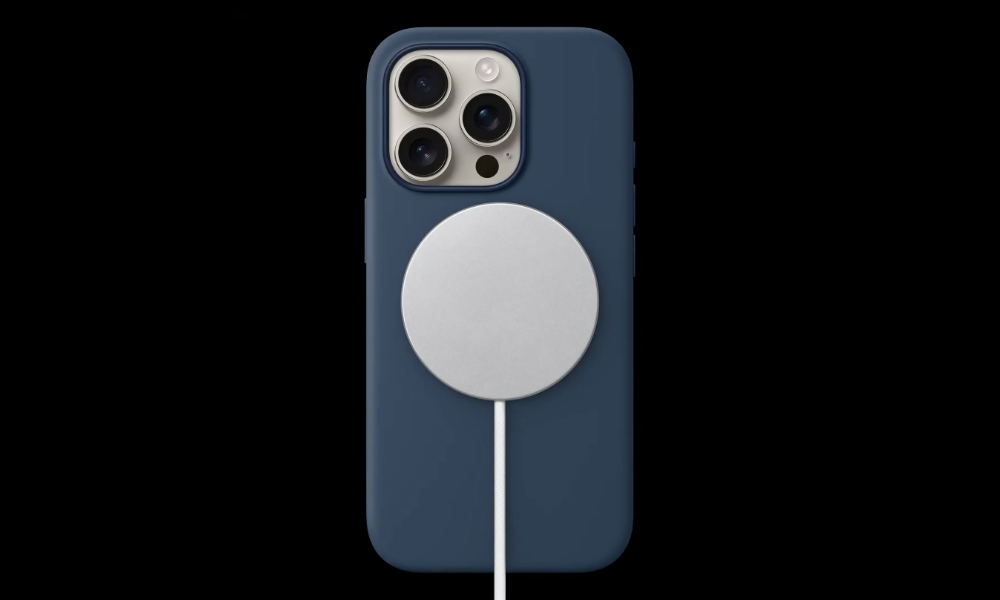
Software updates for Qi2 were possible for the iPhone 12 through iPhone 14, as those iPhones already supported 15W charging. Qi2 was merely a more open version of MagSafe, so all Apple needed to do was expand the MagSafe detection to add whatever handshake identifies a Qi2 charger.
However, even if the iPhone 17 lineup gains 50W charging, that’s likely to be limited to only those and future models. A speed increase like that requires internal hardware improvements that prior iPhones won’t have, including appropriate coils, charging circuitry, and more advanced power management chips.
In addition to faster charging, the Qi 2.2 standard promises improved magnetic alignment, resulting in better efficiency. It also remains backward compatible, so Apple’s new Qi 2.2 MagSafe chargers will still work with older devices, including those without MagSafe, where they’ll be supported as a standard Qi charger. 91mobiles reports that the new chargers have been tested with the iPhone 16 and the iPhone 11.
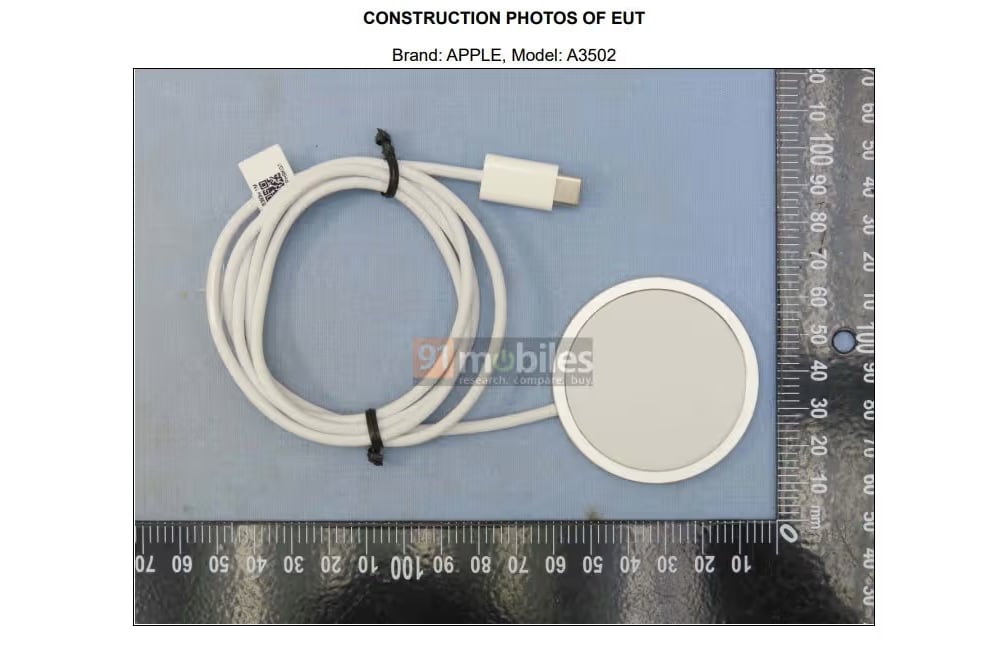
Like all rumors, this one should still be taken with a grain of salt. While the evidence these new MagSafe chargers exist is pretty solid, there’s no guarantee that Apple will use the capabilities to increase the wireless charging speeds on this year’s iPhone models. This could be nothing more than opening up the 25W charging it already added on last year’s iPhone 16 to work with non-MagSafe chargers, or Apple could choose to adopt slightly faster charging without pushing things all the way to the 50W maximum.
[The information provided in this article has NOT been confirmed by Apple and may be speculation. Provided details may not be factual. Take all rumors, tech or otherwise, with a grain of salt.]


